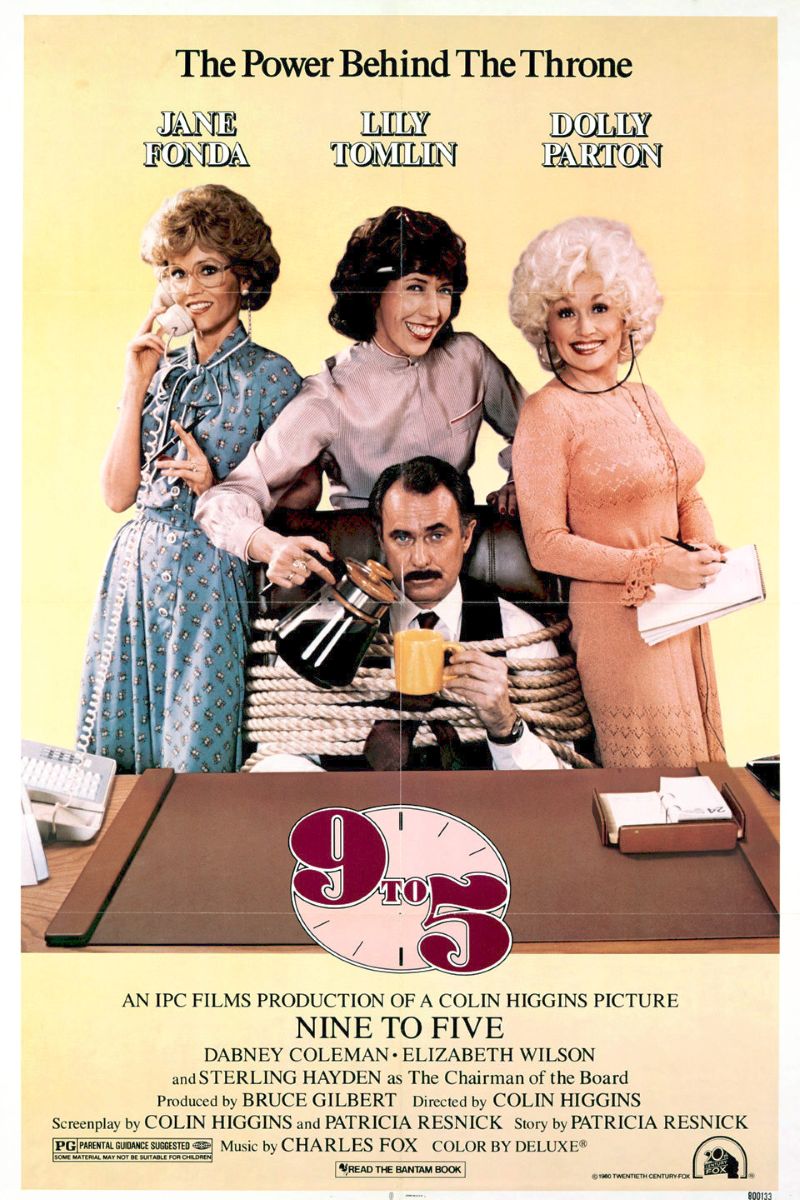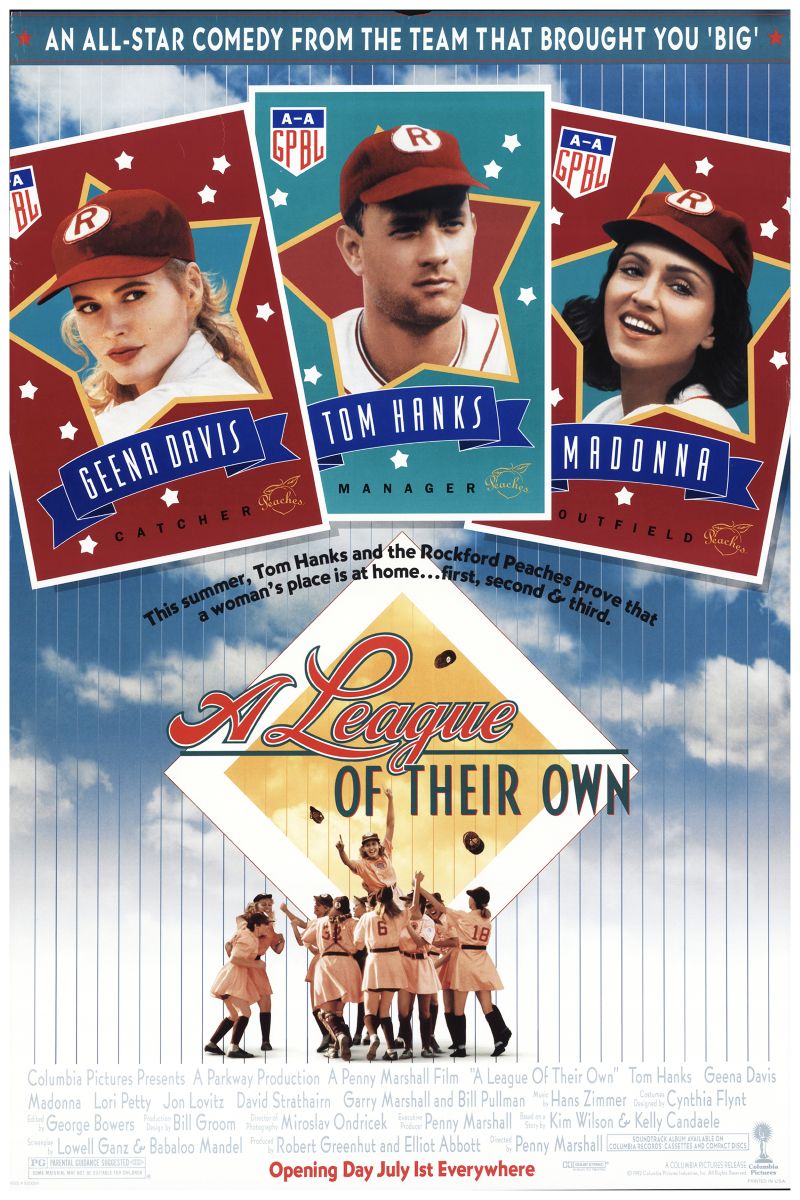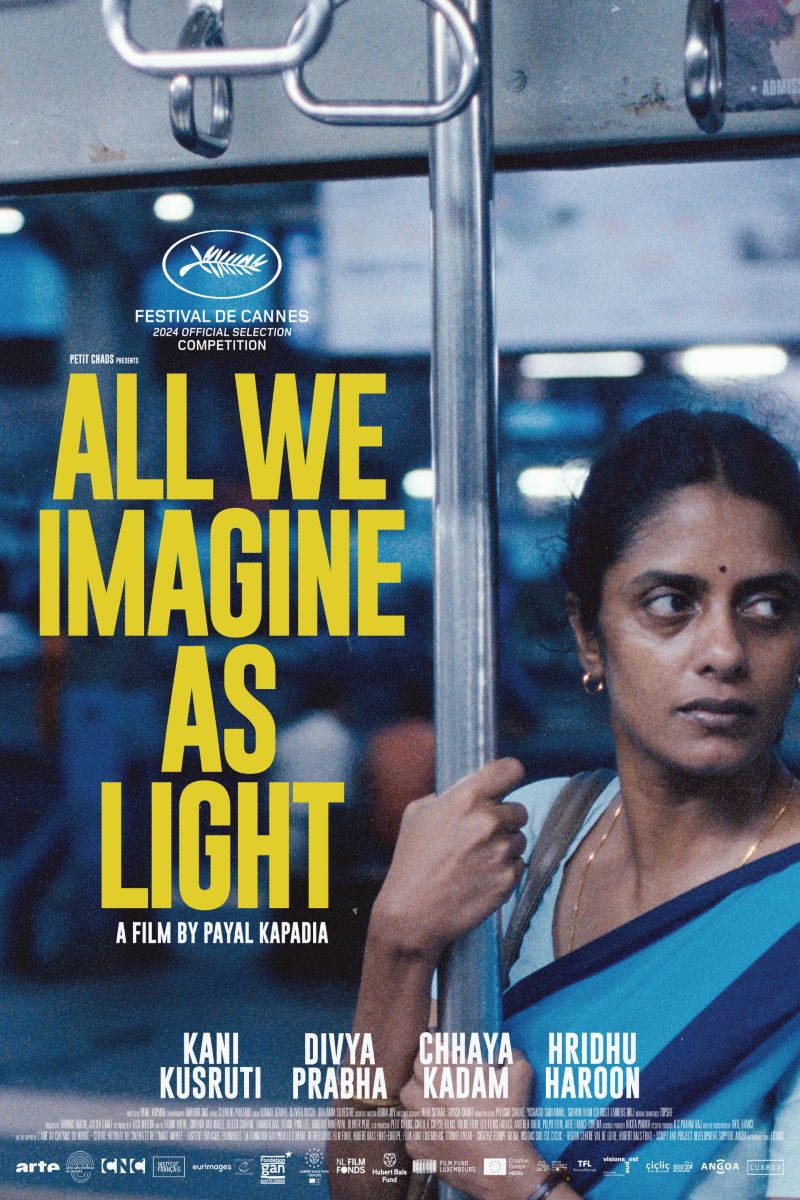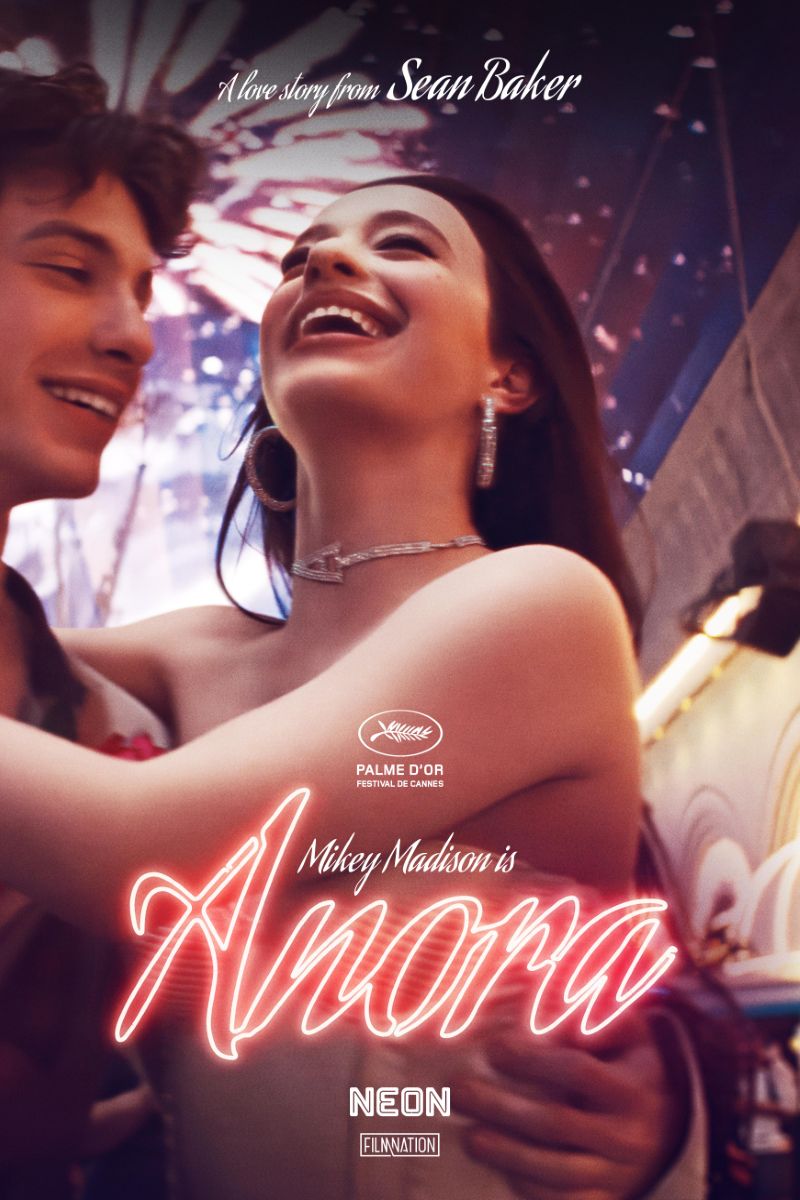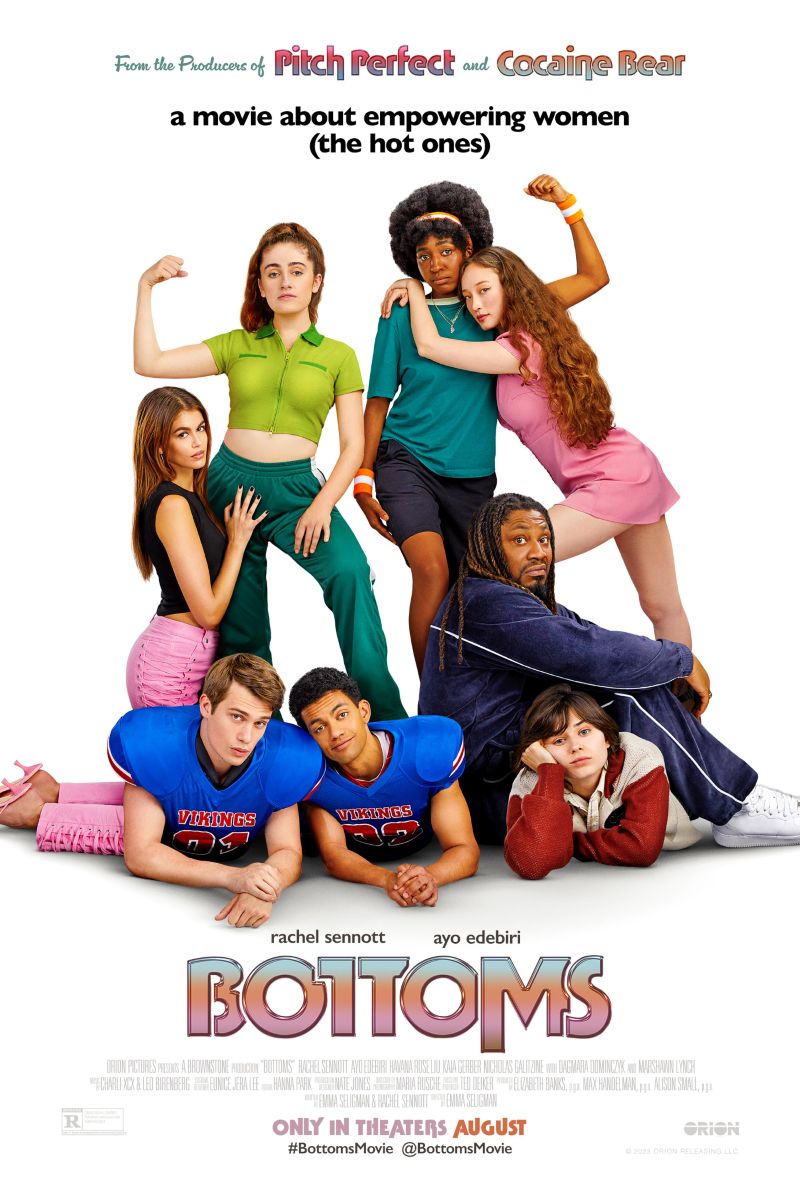
Bottoms
Bottoms
A surreal campus comedy directed by Emma Seligman about two queer high school students who start an after-school fight club to win over their dream cheerleader crushes. This film explores themes of queer identity, female friendship, gender power subversion, and adolescent sexual awakening through extremely exaggerated techniques, becoming a representative work of new-era queer feminism.
Cast
Related Topics
🎥 Film Analysis & Review
Bottoms stands as director Emma Seligman’s bold follow-up to Shiva Baby, an outrageously absurd yet deeply incisive campus comedy that masterfully deconstructs traditional gender power structures through the ridiculous story of two queer girls, PJ (Rachel Sennott) and Josie (Ayo Edebiri), who create a “self-defense club” to win over their crushes. The film skillfully explores complex themes of queer identity, female empowerment, adolescent sexual awakening, and anti-violence culture, establishing itself as a significant milestone in contemporary queer feminist cinema through its daring visual language and relentless humor.
From a queer feminist perspective, Bottoms’ most revolutionary contribution lies in its complete subversion of traditional high school film gender power dynamics. In classic teen narratives, male characters typically dominate while female characters serve either as objects of pursuit or decorative presences. In this film, however, two queer women become the absolute center of the story, refusing to passively await salvation and instead actively creating forces for change. Though PJ and Josie occupy the lowest rung of their school’s social hierarchy, they reject this marginalized status, using their fight club to redefine power relationships.
The film’s portrayal of female friendship is complex and authentic. PJ and Josie’s friendship isn’t an idealized sisterhood but a real relationship filled with competition, jealousy, misunderstanding, and reconciliation. They compete over the same girl, hurt each other through selfish motivations, but ultimately forgive and rebuild their friendship. This honest depiction challenges the myth that female friendships must be flawless, showing how genuine friendship is tested and strengthened through conflict.
From a gender norms critique perspective, the film cleverly explores the complex relationship between women and violence through its fight club setting. Traditionally, violence has been considered the exclusive domain of men, with women expected to be docile, protected objects. However, the girls in the film gain not only physical strength through learning to fight but, more importantly, psychological empowerment. They learn to speak up for themselves, protect themselves, and challenge forces that try to suppress them. This redefinition of violence—from a tool of male domination to a means of female liberation—carries profound political significance.
The film’s surrealist style serves its feminist themes. Exaggerated performances, absurd plots, and bloody fight scenes all reinforce the film’s anti-realist stance. This stylistic choice rejects traditional realist cinema’s limitations and regulations on women’s experiences, creating a fantasy space where female and queer characters can freely express and act. In this space, social rules are suspended, power relationships are reshuffled, and marginalized groups become central.
From a youth rights perspective, the film reveals the complex predicament young women face in adult society. They must navigate peer pressure while responding to expectations and restrictions from the adult world. The adult characters in the film—whether incompetent principals, brutal teachers, or absent parents—fail to provide real guidance and support for these young people. In this situation, young women must rely on themselves and each other to navigate complex social relationships and internal conflicts.
The film’s exploration of body politics deserves attention. Through fight training, the girls reexamine and redefine their own bodies. Their bodies are no longer merely objects of the gaze but subjects of action, vessels of power. The film’s repeated scenes of physical contact, striking, and bleeding all work to rewrite the meaning and possibilities of female bodies.
From a cultural critique angle, the film delivers sharp satire of American high school culture. The football team’s violence worship, cheerleaders’ gender stereotypes, and school administration’s incompetent corruption are all presented and critiqued through exaggerated means. The film reveals the gender discrimination, violence worship, and power abuse hidden behind these seemingly glamorous cultural symbols.
Rachel Sennott and Ayo Edebiri’s excellent performances provide powerful support for the film’s feminist themes. They successfully create two complex, flawed but vibrant female characters. Their PJ and Josie are simultaneously lovable and detestable, brave and cowardly, smart and foolish. This complexity allows the characters to transcend traditional “good girl” or “bad girl” binary oppositions, showcasing the richness and diversity of women’s experiences.
The film’s visual language is full of gender political metaphors. Bright colors, exaggerated costumes, and absurd props all reinforce the film’s anti-realist aesthetic. Particularly those bloody fight scenes are both shocking and symbolically rich—they represent the dissolution of traditional gender order and the birth of a new order.
From a generational feminism perspective, Bottoms represents new characteristics of Gen Z feminism. It’s more inclusive of diverse sexual orientations and gender identities, more direct in addressing sensitive topics like sex and violence, and more willing to use humor and satire to convey serious political messages. This new form of feminist expression inherits the fighting spirit of previous feminist generations while developing its own unique language and strategies.
The film’s treatment of campus violence carries important social significance. By teaching violence skills to marginalized students who are often bullying targets, the film explores the boundaries between self-defense and revenge, protection and attack. While the film’s approach is absurd, the questions it raises are serious: In a world full of violence, how should vulnerable groups protect themselves?
The film’s ending, though chaotic and absurd, is full of hope. The girls ultimately learn true friendship, true courage, and true self-acceptance. They no longer need to obtain what they want through deception or manipulation but face challenges through honesty and courage. This growth is both personal and political—it represents a generation of young women refusing to accept predetermined gender roles and bravely creating their own paths.
Ultimately, Bottoms’ value lies in its bold and honest presentation of the complex reality of contemporary young women and queer communities. It is both entertainment and political manifesto; both mockery of traditional gender order and imagination of new possibilities. In a world still full of gender discrimination and homophobia, such works remind us that change is possible, and this change often begins from the most unexpected places—like the moment two insecure queer girls decide to teach other girls how to fight.
🏆 Awards & Recognition
- • SXSW Audience Award
- • Independent Spirit Award Nomination
- • GLAAD Media Award Nomination
⭐ Ratings & Links
Related Recommendations
Comments & Discussion
Discuss this video with other viewers
Join the Discussion
Discuss this video with other viewers
Loading comments...
